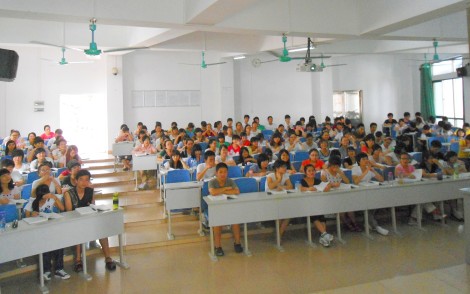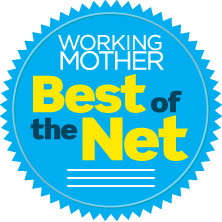Kids learn in different ways. There are quite a few ways people learn, yet most classrooms are one size fits all. What do you do when your child doesn’t fit that mold? Do you know the signs of learning and attention issues ?

Visual learners learn by being shown how to do things. They tend to be good readers with good imaginations, and respond well to instruction. Auditory learners learn by listening, as the name implies. Lectures, discussions, singing songs, and questioning are some of the best forms of instruction for them. Tactile learners are hands on, they tend to be the most creative. They learn by writing, drawing, and the like.
Kinesthetic learners learn best by doing, experimenting and involvement. These learners remember what was done, not necessarily what was seen or heard, and might have difficulty paying attention and staying focused on their schoolwork or homework. Kinesthetic learners benefit most from hands-on instruction, using manipulatives, role-playing or building things. (source- Dr. Mary Ann Smialek) These children might have the hardest time in a traditional classroom environment, and some modifications might be helpful.
In the U.S., 1 in 5 children struggle with learning and attention issues. These kids are as smart as their peers, and with the right strategies and support, they can succeed in and out of the classroom. But parents sometimes feel alone in their search for support and information about what they can do to help their child academically, socially and emotionally.
Understood.org is a free, one-stop, easy-to-use online resource and community designed to empower parents of children ages 3-20 with learning and attention issues.
Resources are available for parents at all stages of this journey – those who don’t yet know why their child is struggling, as well as those who have been dealing with these issues for some time.
Visit Understood.org to experience “Through Your Child’s Eyes,” a series of interactive simulations and videos that enable parents to experience firsthand how seemingly simple tasks become complicated when seen through the eyes of a child with reading, writing, math, organization or attention issues.
While it can become overwhelming when your child is struggling in school, it doesn’t have to stay that way. Getting them the help they need as soon and as young as possible will benefit them greatly and get them back on track quickly.
Understood was created by a coalition of 15 nonprofits and developed based on a survey of more than 2000 parents of children with learning and attention issues. Understood offers free daily access to experts through chats and webinars, a safe online community that encourages parents to reach out to and learn from each other and a wide range of tools and resources including:
Through Your Child’s Eyes: A series of interactive simulations and videos that enable parents to experience firsthand how smart people can struggle with a seemingly simple task when they have reading, writing, math, organization or attention issues.
Tech Finder: Expert-approved apps and games searchable by a child’s grade and issues.
Just For You: An opt-in system that provides additional levels of personalized content recommendations. (Parents don’t need to sign in to start getting customized recommendations on Understood; all they need to do to hit the ground running is check the boxes about their child’s grade and issues.) Parents who choose to complete a secure, confidential profile will receive recommendations for each child in their profile as well as for topics they’ve expressed interest in, such as siblings, travel and communicating with family and friends.
Parenting Coach: Practical, age-specific strategies to help with everyday challenges, such as getting ready on time in the mornings and setting the stage for homework success.
Decision Guide: Key questions to help parents think through big topics, such as whether it’s time to request a formal evaluation, let a child start dating or decide which path to pursue after high school.
For parents whose children have a diagnosis or want to learn more about specific conditions or special services available in schools, Understood offers in-depth information about Individualized Education Programs, 504 Plans, ADHD, auditory processing disorder, communication disorders, dyscalculia, dysgraphia, dyslexia, dyspraxia, executive functioning issues, nonverbal learning disabilities, sensory processing issues and visual processing issues.
Available in English, Spanish and read-aloud mode, Understood provides parents with clear explanations about learning and attention issues. It also offers practical advice for parents on everything from how to partner with their child’s teachers and help with homework to how to explain their child’s issues to friends and relatives and plan family gatherings that are less stressful and more fun for everyone.
